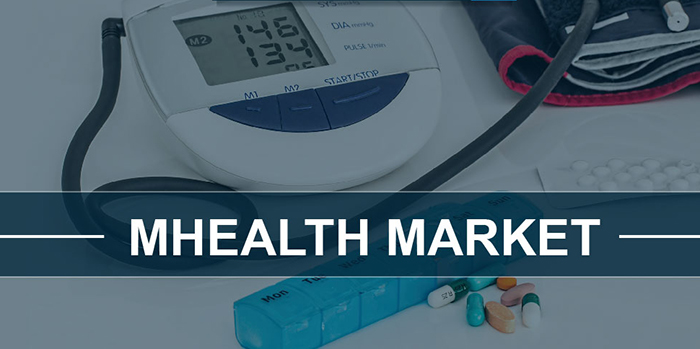
The mHealth industry is rapidly disrupting traditional healthcare delivery by leveraging the power of mobile communication technologies and wearable devices.

The mHealth industry is rapidly disrupting traditional healthcare delivery by leveraging the power of mobile communication technologies and wearable devices.

This article highlights what manufacturers should prioritize and areas in which new information may still emerge, along with providing a starting point for businesses that need to familiarize themselves with the UK Conformity Assessed marking requirements.

Investment in new health-related technologies has been greatly accelerated by the pandemic.

If teams across regulatory, quality and safety functions—as well as further across the life sciences enterprise—are to be able to think and operate in more agile and dynamic ways to achieve what is necessary, then the way that they generate, manage and store documents and data needs to change fundamentally. Regulatory changes (e.g., towards data-driven submissions activity, more dynamic item/label tracking, etc.) are prompting some of this change, but cannot be relied upon exclusively to drive the process improvements now needed.

As an essential material that creates an intimate connection between the device and its user, and is paramount to functionality, the consideration of adhesives should be brought in at the beginning of the design process.

As the country emerges from the COVID-19 pandemic, it’s time to evaluate and assess lessons learned and find any possible silver linings derived from the crisis. This includes telehealth and the use of remote technology.

EMA’s IDMP is not the pinnacle of data-based product/regulatory information management. It is simply the first in what will be a long line of digital requirements to emerge globally, across all facets of life sciences. This article reviews best practices for companies looking to maximize the ROI of their data-driven process transformation initiatives by making them more broadly fit for the future.

The deal will boost Boston Scientific’s electrophysiology and structural heart product portfolios.

The industry struggles with various unknowns that impact efficiency, quality, and as a result, finances. This article reviews some of these challenges and how to overcome them.

Digitally connected healthcare is here to stay, and this moment is an opportunity to capitalize on the expanding potential of technologies that are already helping deliver better patient experiences and outcomes.